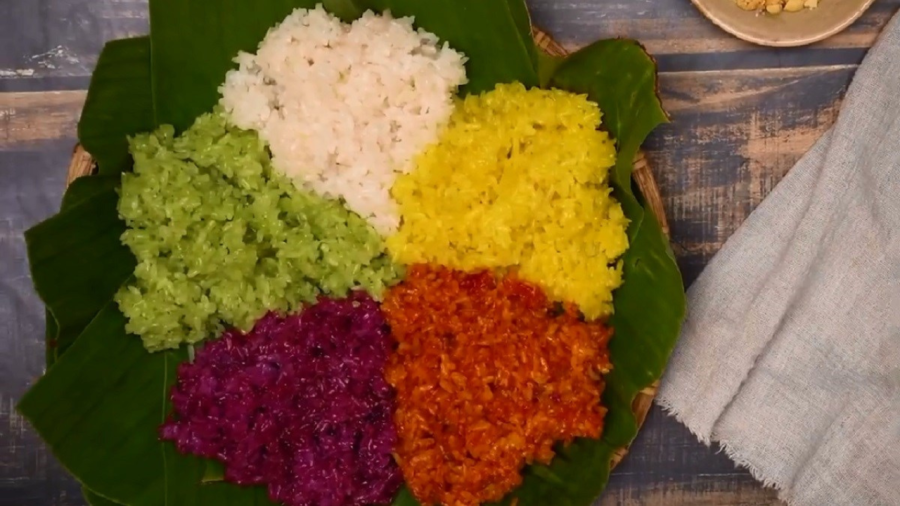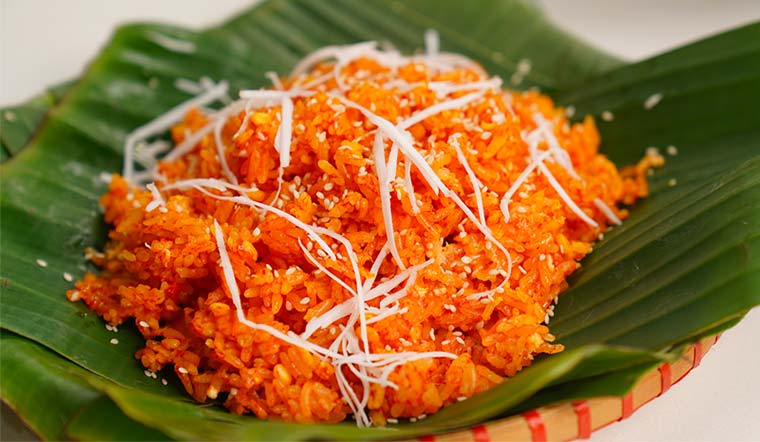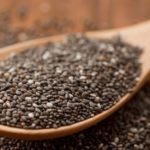The Nutritional Value of Xoi
Xoi (sticky rice) is a traditional Vietnamese dish made from glutinous rice. This type of rice has round, flat grains that are stickier and more elastic than regular rice. With its rich nutritional composition, xoi can be considered a delicious and healthy dish.
Starch is the main component of xoi and plays an important role in providing energy to the body. The advantage of starch is that it creates a long-lasting feeling of fullness, helping the body feel satisfied and satiated. This is particularly useful for people who want to control or lose weight. By eating xoi in the morning, we are provided with enough energy to be efficient and productive throughout the day.
In addition, xoi is also a source of important protein for the body. In 100 grams of glutinous rice, there is about 2 grams of protein. Protein is a necessary component for the development and maintenance of the body. It helps support the body’s functions, improve health, and promote a strong body.

Fiber is another important nutrient in xoi. In 100 grams of glutinous rice, there is about 1 gram of insoluble fiber. Fiber helps support the digestion process, keeps the body full for longer periods, and provides energy for long working days. This is particularly important for children, whose bodies are still developing and need to be supplied with adequate nutrition.
In summary, xoi is a delicious and healthy dish thanks to its rich nutritional components such as starch, protein, and fiber. Adding xoi to your daily diet is a good way to provide the body with adequate nutrition and maintain good health.
Who Should Avoid Eating Xoi?
Overweight, Obese individuals
Lao Dong newspaper quoted Baidu as saying that glutinous rice has the same starch and energy content as white rice, especially if you often eat xoi with accompanying foods such as eggs, meat, sausages… it will increase the risk of obesity. Therefore, overweight and obese people should limit their consumption of xoi.

Diabetic Patients
Glutinous rice, after entering the stomach, is quickly absorbed, and the substance it contains is starch. If diabetic patients eat too much, their blood sugar levels will increase rapidly in a short period and cannot be controlled.
People with open wounds or abscesses
Open wounds, especially when inflamed, take a long time to heal. If you eat sticky and indigestible foods like xoi and other glutinous rice dishes, it will worsen the condition and may cause abscesses.
Therefore, people who have just had surgery or have swollen and inflamed wounds should avoid this food and only eat it when the injuries have healed and returned to normal.
People in the recovery phase after illness
After recovering from a serious illness, the body is relatively weak. At this time, it needs to consume many nutritious liquid foods to gradually restore the stomach. If you eat a lot of glutinous rice-based foods, it will burden the body, make digestion difficult, and further weaken the body.
How to Eat Xoi Properly?
According to experts, people should eat xoi in moderation and combine it with other foods to ensure adequate nutrition for the body.
To ensure good health, people should limit the frequency of eating xoi per week. It is recommended to eat xoi no more than 2 times a week, and each time should be consumed in moderation. To ensure adequate nutrition, people should combine xoi with other foods such as meat, beans, eggs, and vegetables to provide the body with a full range of nutrients.
Finally, it is advisable to eat slowly and chew thoroughly before swallowing to facilitate digestion. This also helps prevent choking and reduce the risk of constipation.



































